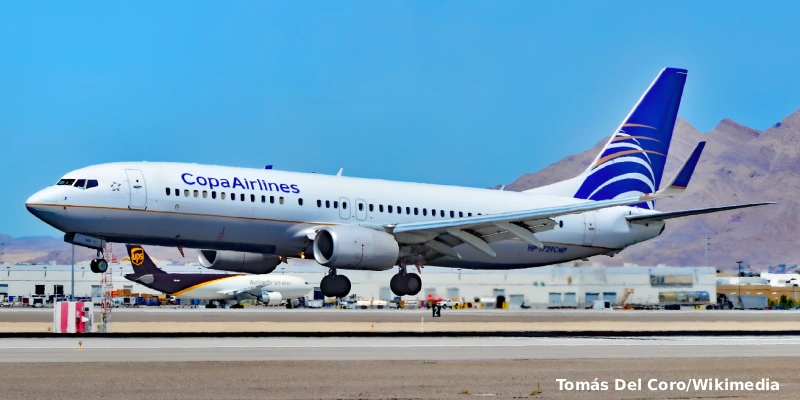The preliminary report released this Saturday by India’s Aircraft Accident Investigation Bureau revealed that just three seconds after takeoff, the fuel cutoff switches on Air India’s Boeing 787 Dreamliner were activated almost simultaneously, cutting off the supply to the engines and causing an immediate loss of thrust.
The flight, which departed from the Indian city of Ahmedabad bound for London, crashed shortly after takeoff, claiming the lives of 260 people in what is now considered the deadliest aviation accident worldwide in over a decade.
Black Box Data: A Critical Sequence of Seconds
The flight and voice recorders recovered days after the incident show that one of the pilots, startled, asked the other why they had cut the fuel. “The other pilot responded that they didn’t do it,” the report states. It does not specify which of the two—the captain or the first officer—made each comment, nor who issued the emergency call: “Mayday, Mayday, Mayday,” moments before impact.
Both pilots had extensive experience: collectively, they logged nearly 19,000 flight hours, with over 9,000 of those on the same aircraft model, the 787.
Mechanical Failure or Human Error?
One of the most troubling questions raised by the report is how the switches could have moved from “run” to “cutoff” during the initial climb, a maneuver that almost immediately cuts off fuel supply to the engines. These switches are specifically designed to prevent accidental movement.
U.S. aviation safety expert Anthony Brickhouse emphasized the gravity of the finding: “Did they move on their own, or did someone move them? And if it was a pilot, why would they do it?” His colleague John Cox was unequivocal: “They cannot be activated accidentally; they can’t be bumped and slide.”
Although the switches were found in the “run” position at the crash site, the report suggests that both engines showed signs of attempting to restart before the low-altitude impact.
No Signs of Onboard Emergency
The document does not mention any emergency situation that would justify cutting the engines. The procedure to deactivate the fuel supply is reserved for when the aircraft has already parked or in extreme events, such as an engine fire. For now, the report refrains from issuing operational recommendations for Boeing 787-8 operators or the GEnx-1B engines manufactured by GE Aerospace.
Regulatory Turbulence: Air India Under Scrutiny
The accident has raised global alarms about the safety practices of the Indian state-owned airline. The European Union Aviation Safety Agency announced an investigation into Air India Express, the low-cost subsidiary, after an inquiry revealed the company failed to comply on time with a directive to replace parts in the engines of an Airbus A320 and altered records to appear compliant.
For its part, India’s Directorate General of Civil Aviation recently warned the airline for operating three Airbus planes with expired inspections on evacuation slides and for “serious violations” in pilot duty times.
Transparency in the Investigation
U.S. National Transportation Safety Board Chair Jennifer Homendy had previously urged the Indian government to ensure transparency in the investigative process, noting that public trust depends on accountability.
The final report is expected within a year, in accordance with international standards. For now, the global aviation community remains awaiting a definitive explanation of what happened in those critical seconds that forever changed Air India’s history.
Related Topics
LATAM Inaugurates Direct Flight Between Recife and Buenos Aires
LATAM to Cancel Lima-Tucuman Route Starting March 2026: These Are Reasons
Copa Airlines Resumes Flights Between Panama City and Maracaibo Starting December 20
Copa Airlines Extends Suspension of Flights to and from Caracas (Venezuela) Until January

Plataforma Informativa de Aviación Comercial con 13 años de trayectoria.




